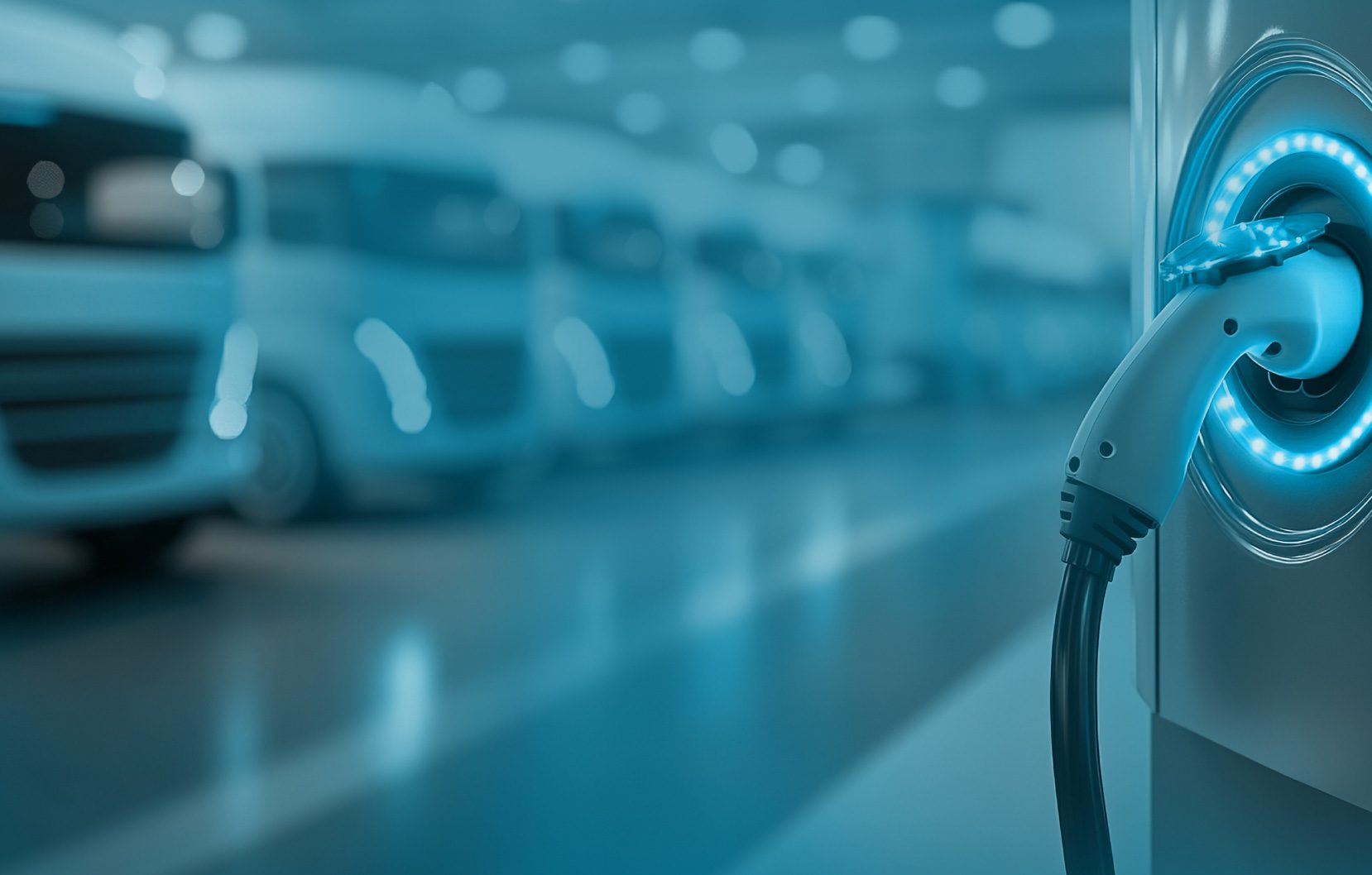As Charged readers know, EV designers are free from many of the considerations that generations of ICE vehicle designers regarded as givens. For one thing, motors can be mounted in various different positions on the chassis. For another, a transmission or gearbox may be an optional component.
Jeff Seger, a clean energy consultant for the North American Council for Freight Efficiency, has written a series of articles about different types of motors and other EV powertrain components. In a recent piece, from Commercial Carrier Journal, he considers the different ways power can be transferred from the motor to the wheels in an electric truck.
Seger explains that there are two different types of possible motor/gearbox arrangements in BEVs: central mount or e-axle. Each has its pros and cons.
In a central mount arrangement, the motor and gearbox are located basically where the transmission would be found in an ICE vehicle. For some manufacturers, this may be an advantage in itself, as it “introduces no technology or reliability concerns at the axle.” Seger points out that the industry is currently going through “the Messy Middle,” a transitional phase between the ICE and EV eras. Using a central mount facilitates the use of similar axles in both ICE vehicles and BEVs—a boon for manufacturers that may be building BEV and ICE trucks on the same line.
SEE ALSO: Efficient And Cost-Effective Power Conversion For Electric Commercial Vehicles (Webinar)
The alternative to central mounting is an e-axle. These assemblies, which are made by several suppliers, incorporate a motor, axle, and sometimes other components such as a gear box and/or inverter.
Advantages of the e-axle include savings of space and weight, and possibly cost. Mr. Seger points out that e-axles may cost more now because of their novelty and low production volumes, but the elimination of the driveline and housing offer potential savings once production ramps up.
E-axles can improve efficiency. The transfer of energy and power from gearbox to driveline to axle results in minor losses, which can add up—a 1% improvement in overall vehicle efficiency can translate to a 1% higher driving range.
An e-axle can also allow a vehicle to be designed with a shorter wheelbase, resulting in improved drivability.
Source: Commercial Carrier Journal


















































































